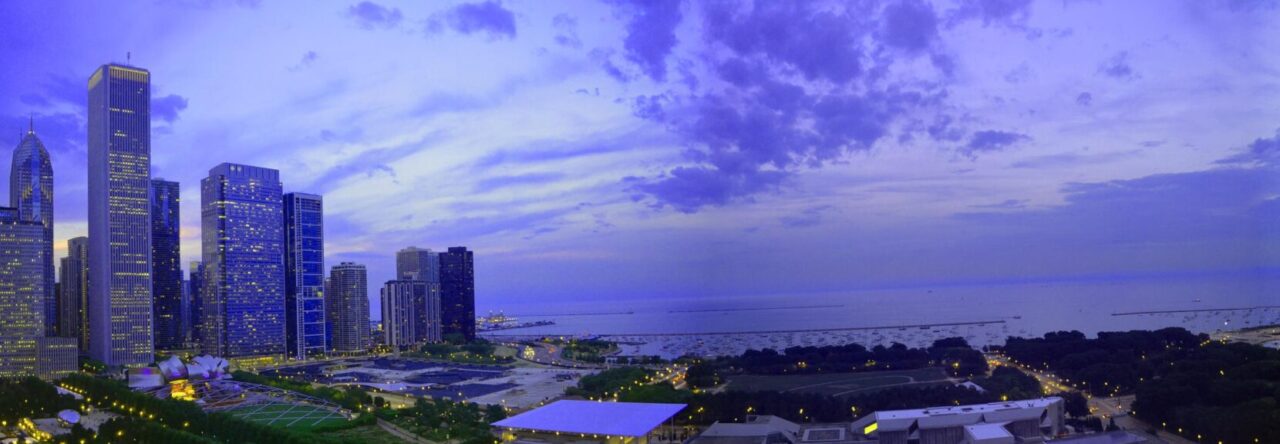It is the Old River Control Structure.
This strays a little from the topics on this blog so let me explain. I just finished reading a fantastic book, The Control of Nature, by John McPhee. In the book, McPhee examines the human struggle to control nature and how incredibly difficult and perilous it can be. This, of course, is relevant to urban planners, particularly in the realm of transportation. But let me back up a bit.
The Old River Control Structure is a floodgate system located in central Louisiana. It is designed to regulate the flow of the Mississippi by a diversion of flow into the Atchafalaya River via a side channel known as Old River. Water is normally distributed at a 70%/30% split with 30% diversion to the Atchafalaya River for flood control purposes. Sounds like simple engineering, right?
Well, here is the problem. The Atchafalaya where it meets the Mississippi at Old River is about 18 feet below the Mississippi. Should Old River fail during a flood, there is serious concern that the Mississippi would jump the levees that act like a straitjacket and follow the Atchafalaya down to the Gulf of Mexico (see map below).

Maps showing the history of the course of the Mississippi river at what is now the Old River Control Structure in Louisiana. (Photo credit: Wikipedia)
Why the course change? It’s happened before and it will happen again. In fact, the Atchafalaya was the main channel of the Mississippi River 3,000 years ago. Much of Louisiana is built on the gigantic delta of the Mississippi. The problem is that humans have made permanent settlement on a river system that routinely jumps its banks. Should this happen, New Orleans would essentially become cut off from the Gulf and the associated port facilities, pipelines, oil production and communication facilities would be stranded.
Needless to say transportation throughout the Mississippi and Ohio River systems would be altered, and a significant amount of our oil refining capacity would be taken off-line. Transport costs would soar, not to mention the human costs of a built infrastructure that has lost its viability. Ponder that for a minute as we plan our cities and transportation networks. Are we sure they will last, that they can coexist with nature?


